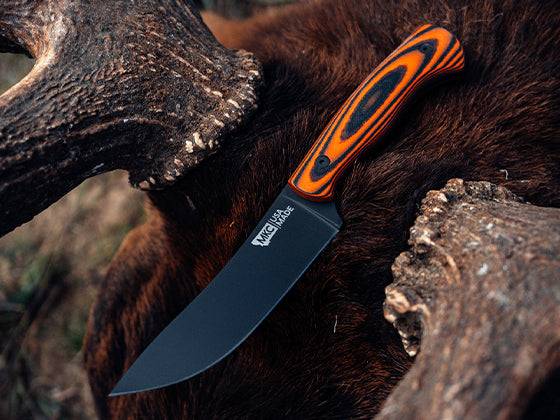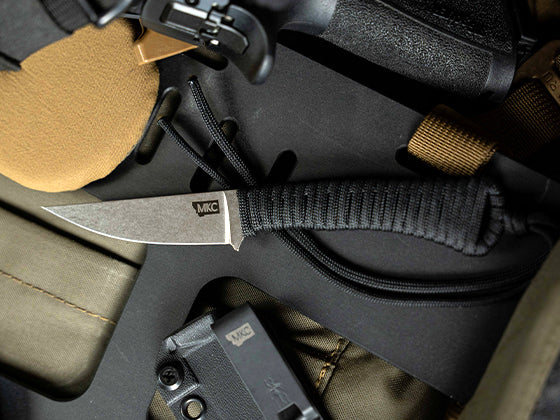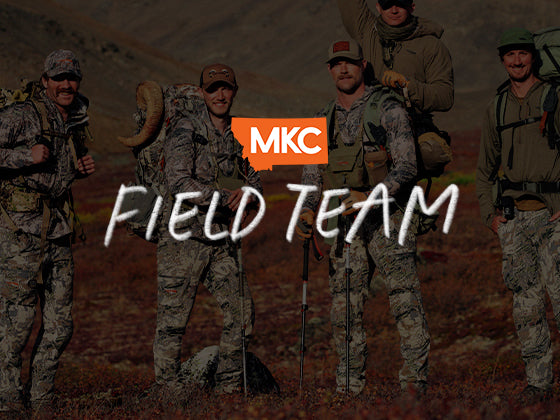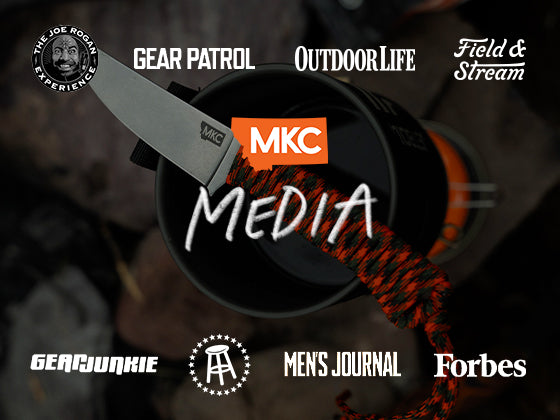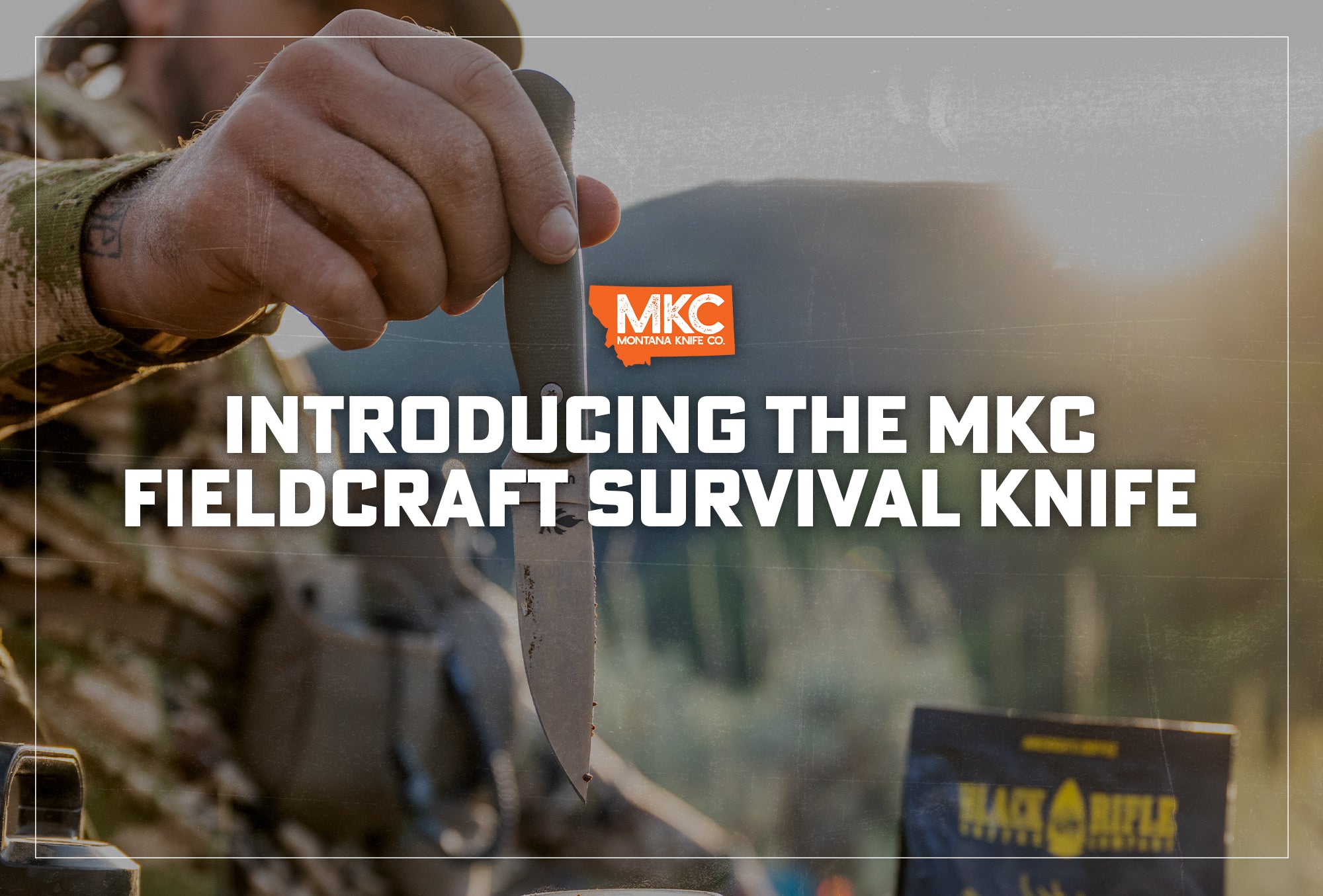From a young age, I was fortunate to have my uncle and some guys from town to take me out hunting. When they weren’t available, I went out on my own.
The Blackfoot River was only a 10-minute walk from my house, and it was all public land for hunting. Looking back, I’m a little surprised I survived the solo adventures of shoving garage-sale tree stands into place without safety belts or instructions. To this day, I have no idea how they stayed in the trees.
When I started bowhunting, I wasn’t very good, though by high school I’d killed some deer from tree stands and learned how to field dress a deer.
As you might imagine, I’ve had to break down a lot of animals since then. Both the gutless and the gutting method have merit, depending on the situation.
In this post, we’ll discuss how to field dress a deer using the gutting method and the gutless method. I’ll also talk about the pros and cons of each, and which I prefer in most situations.
How to Field Dress a Deer: The Gutless Method
The gutless method is a way of breaking down an animal without removing the guts from the body cavity. I’ll say up front that the gutless method isn’t my favorite, but it can be a useful way to field dress a larger deer or elk.
Let’s look at its benefits and drawbacks.
Benefits of the Gutless Method
Saves time. The primary benefit of the gutless method is that it saves time in the field. But I would argue that putting in a little extra time and care at the end of a hunt is worthwhile.
Hunters often spend months planning and preparing for a hunt. They may take days getting to a location and spend many hours or days on the hunt itself.
Is saving 15 or 20 minutes at the end of it all that important? If you’re cold or facing extenuating circumstances, maybe. But for me, the extra time spent gutting is minimal compared to the rest of the time spent on the hunt and the benefits of gutting.
Less mess. Another argument for the gutless method is that you avoid the mess of dealing with the guts, or of poking them and exposing the meat to the acids of the stomach.
If you’re skilled in gutting and using the proper method, you shouldn’t have trouble with poking into the animal’s guts. However, like anything, it takes practice. That’s partly why novice or unskilled hunters who are just learning how to field dress a deer sometimes prefer the gutless method.
Useful for heavy animals. When I was 21, I shot a moose in Canada. It was so massive that my friend and I couldn’t move it — or even turn it over — to gut it.
Instead, we ran a knife down the backbone and then down the legs, skinning out the side of the animal that was facing up. We then removed the quarters on that side along with the backstraps and put those in game bags.
The gutless method let us quickly remove large chunks of meat from the animal and get them away from its body heat. Then, with so much weight removed, the moose was light enough for us to roll over and do the same thing on the other side.
Drawbacks of the Gutless Method
Heat retention. The most important thing to do as soon as you shoot an animal is to get the heat out of it, especially in archery season when it’s warm. The moment an animal expires, the process of spoiling begins. A combination of time and temperature determines how quickly that process moves.
To get the heat out of an animal, you have to open up the body cavity, which the gutless method avoids. The entire time you’re working, the heat of the animal and the heat of the outdoors are also working — to accelerate the spoiling process.
Waste. Most people using the gutless method don’t take any of the organs, which means a lot of high-quality meat gets left behind. I’m of the mind that you should take as much of that as you can.
How to Field Dress a Deer: The Traditional Gutting Method
The traditional gutting method is by far my preferred method for field dressing a deer or elk. It’s less wasteful, ideal both for cold and warm conditions, and provides a fuller experience of a hard-won hunt.
Benefits of the Traditional Gutting Method
Less wasteful. As we just discussed, the gutting method is less wasteful than the gutless method. You’re able to salvage more useable meat, including high-quality organ meat.
Better for the meat. Another benefit is that the gutting method is the ideal method in all weather conditions. If it’s cold outside, you can open the animal and remove the guts, which are the main source of heat. Then you can use a stick to prop open the cavity overnight, allowing the air to cool it down, and then finish dressing it in the morning when you’re rested and fresh.
That’s not something you can do with the gutless method, even in very cold weather. You never want to leave the guts in an animal overnight.
In warm weather, it’s best to gut the animal and completely debone it. Bones store more heat than you’d think, and they won’t allow the meat to cool when the weather isn’t helping the process along.
Removes weight. Gutting removes a lot of weight from the animal right away, making it easier to handle and move around.
Drawbacks of the Traditional Gutting Method
Time. Gutting does take a little more time, but not much.
Mess. Gutting can be a little messier, but only if you poke your blade into the guts. If you learn the proper technique and practice, it’s not messy at all.
In my experience, there really aren’t any drawbacks to gutting as long as you use good technique. It’s better for the meat and gets you more of the animal to take home.
More than that, I look at gutting as part of the experience of hunting. It’s not something to avoid because it takes time or makes a mess. As John Dudley from Nock On Archery recently said to me, “Get comfortable, throw on some tunes, take it slow, and embrace it.” Gutting should be as much a part of hunting as the thrill of the chase.
Tips for Field Dressing a Deer by Gutting
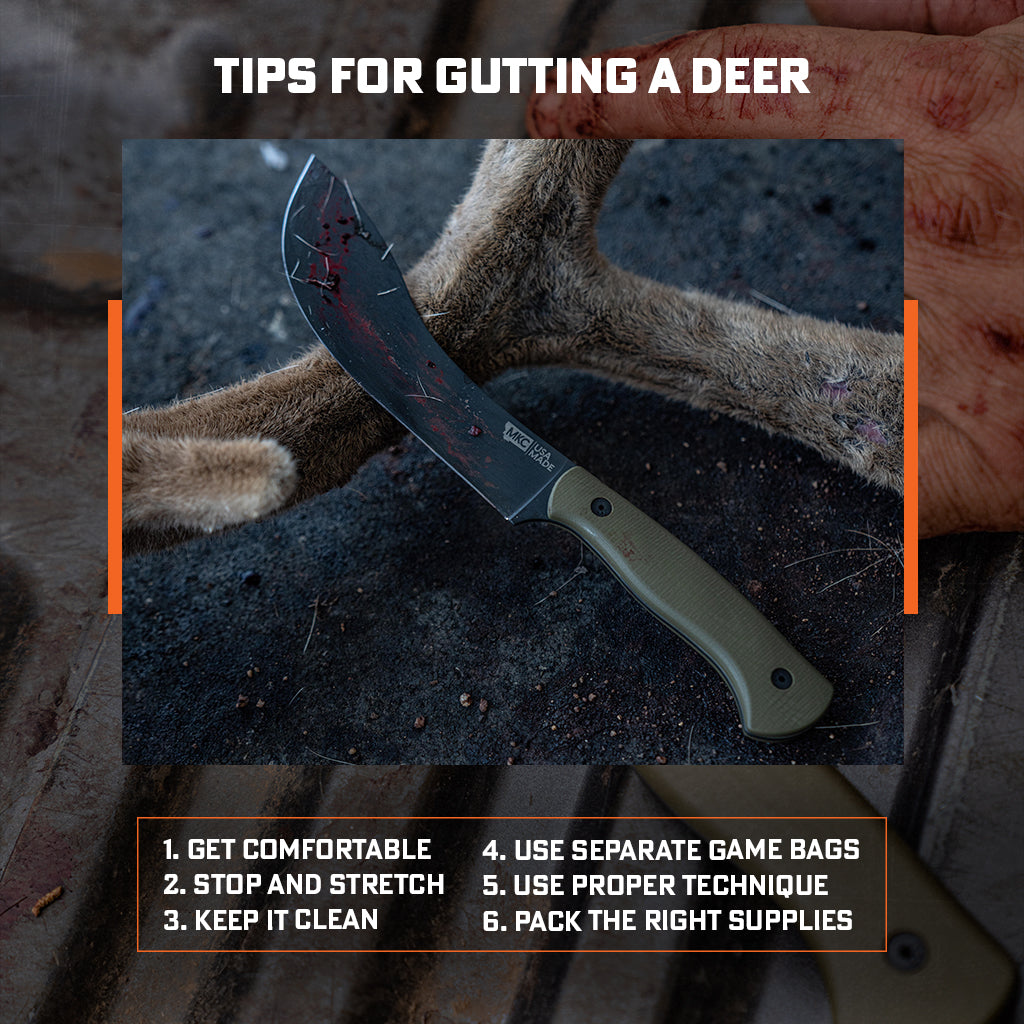
If you want to know how to field dress a deer using the gutting method — without ending up messy, stiff, or sore — follow the tips below.
Get Comfortable
You’ll be working on this animal for at least half an hour, so position it where you can get comfortable. That may sound basic, but it’s easy to forget. Don’t get into an awkward position, bending over for an extended period and leaving your back sore.
Stop and Stretch
This may bring to mind an image of hunters lined up doing yoga, but that’s not what I mean. As meme-worthy as that would be, I just mean you should pause every now and then as you field dress that animal and do a couple basic stretches. Move around. Stay loose.
You’ve just been on the move, and now you’re going to sit in the same position to work on a large animal for an hour or two. If you’re not careful, your muscles will tighten and become stiff. And if you have to hike back a few miles to your truck with a pack on, you’ve just increased your potential for injury.
Keep It Clean
Cleanliness is king. When field dressing deer or elk, I work to keep the meat free from two things: dirt and hair.
You wouldn’t throw a Costco steak in the dirt before you cooked it, and I feel the same about meat in the field. To keep it out of the dirt, I might lay meat out on a tarp or even a raincoat.
Hair, more than anything else, makes a piece of meat taste gamey. When you’re skinning an animal, try to grab the underside of the hide as soon as possible to avoid transferring hair.
With some cuts, though, you can’t avoid a little hair. In that case, to get hair off of my quarters when they’re hanging up, I take a small handheld blowtorch and burn all the little hairs off the meat.
Use Separate Game Bags
Put the different kinds of meat into different game bags to keep prime cuts super clean. Things like neck meat that’s going to wind up in sausage shouldn’t be smashing a tenderloin or backstrap in the same bag and getting hair all over it.
Use Proper Technique
To gut properly, hold your blade in your dominant hand and use your other hand to make a V with your fingers. Create a small incision in the belly hide, and as you run up the hide with your knife, ride the tip of the blade with your V fingers all the way up. It takes practice, but when you learn this technique, you’ll never poke into an animal’s guts and be left with a mess.
Pack the Right Supplies
Fixed-blade knife. A good fixed-blade knife is a must-have for field dressing a deer or elk. When I go out, I take MKC’s Blackfoot or Speedgoat blades, and sometimes the Stonewall Skinner.
Sharpening stone. It’s always a good idea to bring along a small touch-up stone for quick sharpening.
Latex gloves. Four or five pairs of latex gloves keep your hands clean in case you want to stop to eat. They also keep you from having to stuff filthy hands back into a warm pair of gloves in cold weather. They may get a little torn up in the gutting process, but they’ll still help minimize the grime.
Game bags. You’re going to need game bags, and I especially love the lightweight Argali Ultralight Game Bags. It’s good to have at least four or five in varying sizes to parse out the quarters and prime cuts, and also so you can spread the weight around when you’re packing it out with your buddies.
Headlamp. A headlamp is great to have for field dressing. You may head out in the morning thinking you’ll be back in time to watch football, but it could take hours to find the deer you killed — and then you’re field dressing in the dark. If you’re like me and only have two hands, a headlamp will make things much easier.
Paracord. Paracord is great to tie up meat in your packs or hang meat in a tree away from a bear overnight. Our Speedgoat Blade comes with 7 feet of paracord around its handle in case you forget to pack some.
Electrical tape. A roll of electrical tape is helpful for taping your tag to your game bags or to an animal’s horns.
Final Thoughts on Field Dressing a Deer
You can successfully field dress a deer or elk with either the gutless or the gutting method. Keep in mind the importance of cooling the meat as quickly as possible, and employ the tips above if you decide to go with the gutting method.
Regardless of how you decide to field dress your deer, take your time and practice with patience. You’ll get better with every hunt.
by Josh Smith, Master Bladesmith and Founder of Montana Knife Company
























